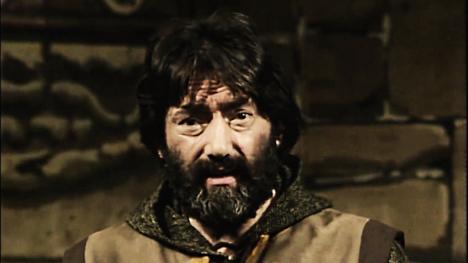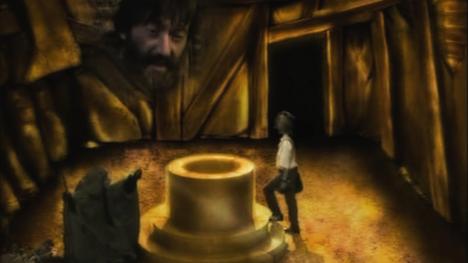Phil Colvin debates how the changes made during Knightmare's eight years impacted the difficulty of the show.
One of the strange things about Knightmare was the way each series could turn out to be drastically different from the last. As well as rooms and characters, established conventions and dungeon rules could suddenly be changed sometimes with popular feedback and other times to the dismay of many. And most of the time there would be a familiar accusation: that the changes were making the show easier.
But was this true? Did later teams really get an easier ride than those poor fellows in Series 3 who couldn't manage even one win? Let's look back at some of the changes concerned, and then wise adventurer you can judge for yourself...
Series 4 and 5 pretty much saw the biggest shakeup of the dungeon ever. Out went the old gloomy look and in came photo-realistic environments and more castles than you could shake a stick at. The characters and their alliances were overhauled to create two distinct sides, the Powers that be and the Opposition. And of course, in came the Eye Shield.
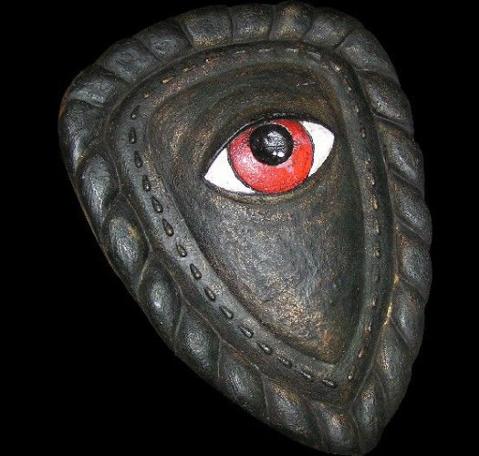
TV's toughest series never lost its grip, only maybe its origins as a role-player in favour of being an action-orientated show.
Seeing eyes
I'll say right now that I'm firmly a member of the "Don't like the eye shield" camp. The whole idea of taking out the adventuring and replacing it with video sequences guaranteeing a safe path through a piece of black cardboard just seemed lazy. But the eyeshield never helped anyone win, it just showed off how nice the show looked and helped clean up the transition between environments.
So although maybe taking some of the spirit out of the show, it didn't change the difficulty. Heck, it even made Series 4 more interesting from a story point of view since a team would be given the eyeshield in Level 1 in exchange for retrieving semi-quest objects from Level 3. Almost a quest within a quest.
Perhaps it was the whole culture shock which made people start to say the dungeon was easier, that nice castle landscapes were being put in place of the giant killer scorpions. Less substance, more art. But yet in those two series, only two teams made it through the dungeon.
However, there was one change in this glut which was later to become more prominent to the storytelling process. Not the eyeshield, but the spyglasses. Just to recap, the spyglass allowed us a peak onto the amusing world of Lord Fear. Fine and dandy, you might say, but over time it began to play a more drastic role in the series.
Initially it was just for fun, a bit of a breakup between puzzles and a chance to frighten us silly by giving us the evil guy to look at (I was scared out of my wits when I first saw the Dreadnort in Series 6) but by the time we get around to Series 7, the events in the spyglass dictated the whole course of the level.
The main plot of Lord Fear's became the focus for the dungeoneer, no more did they have to bargain and use their imagination when dealing with characters since they knew exactly what they wanted and what magic they were trying to obtain.
What changed?
This change reflected in the quest rooms, in the first few series they were places of fear as teams desperately tried to pick the objects which would be most useful in the level ahead. By Series 6 they became pretty dull, often with a spyglass and scroll revealing all the level's secrets and a pretty simple choice to be made. But even right through until the end of Knightmare, only three more teams made it through the dungeon. Because despite the apparent ease of getting through the levels, there were two things which would continually make the series difficult. One was floor puzzles, and the other was stupidity.
Believe it or not, I'm going to say that the reason so few times won Knightmare was because among the five or so good teams per series, there were one or two remarkably foolish ones. These are the teams who can't tell left from right, the teams who read the scroll and then ignore it, the teams who decide to ignore Treguard and just blunder on themselves. These are the teams who you'll often see die in level one in earlier series, but by around Series 5 they were blundering into Level 2 before falling to their fate. Probably because the story system had become easier.
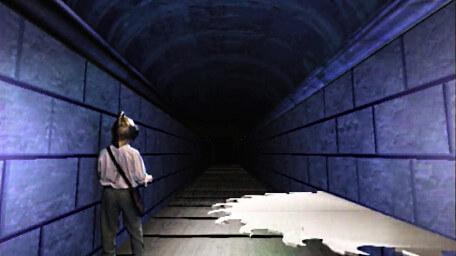
So that's stupidity out of the way, now we come to the big reason why Knightmare remained difficult until its end - floor puzzles. We saw the first of these beasts in Series 4, the dreaded Corridor of Blades, and it's a testimony to its design that it remained in the same form right up until the end of Knightmare.
And then in Series 5 came the causeways. I reckon around half the Series 5/6 team were wiped out on the causeways. Either for being too slow, not having the information or being the last of the stupid teams. Now it's going to be debated in Knightmare circles forever whether it was a fair trade-off to let go of story in favour of just putting 'pointless' obstacle's in a team's path.
On the one hand, it made the series incredibly exciting (some of the music that played through floor puzzles was amazing, and the way the tension would mount especially in Level 3) but on the other it made the series fairly bland when most of the teams were been wiped out in the same room for no other reason than they were meeting a very difficult obstacle.
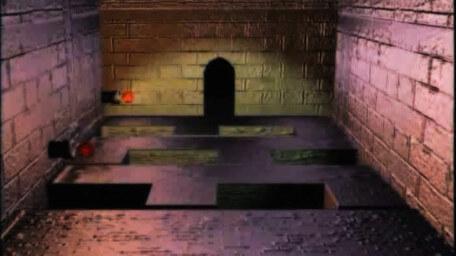
As time went on, the floor puzzles became more numerous and diverse. Series 7 had the best clutch, with the Firebomb Chamber, Death of Spears and Play Your Cards Right. But it also brought home the fact that each team's progress was being judged on whether they could pass through one single chamber each level. And sometimes, if a team has blundered earlier in the level, the floor puzzle would be used as an excuse to finish them off before they reached a dead end by speeding it up or importing a troll or something. Definitely not easier, but maybe unfair.
Short-cuts
Series 8 went back to old times with the gloomy dungeon and floor puzzles which were more like Series 2/3 (the fireball room we saw in Marblehead reminded me a lot of older series) Once again only one team got through but, in my mind, in the most unfair way imaginable. maybe it was the desire to at least have one winning team in the final series which prompted it, but for some bizarre reason the Knightmare team practically cheated the final episode to get two teams into Level 3 and have one victory. It was 'a short cut', we were told, the replacement of an entire level by the Corridor of Blades.
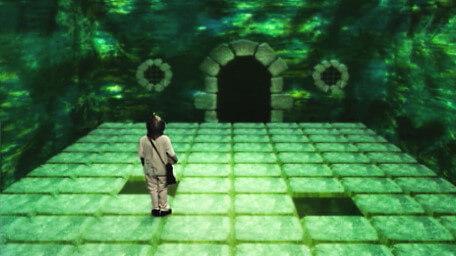
In the last two episodes the plots were compressed and there were huge holes left. It seems unfair that one team should claim victory in the final episode of Series 8 in its manner when an equally good team were denied in Series 4 having reached Level 3 by the end of the series and begin whisked out of the dungeon without even a goodbye. For the first time, I let Knightmare had become easier.
"But hang on a sec, this was right at the end of series 8!" I hear you shout, "What about those huge changes at the beginning of Series 4?" To that, what I will say is that I don't see those changes, or any others, as ease. The amount of successful teams shows that. Because in the end the dungeon is tailored so that only the wisest, bravest and best communicating team can get through. This only changes if the game is fixed like Series 8.
Sure, loads more teams got to level 3 from Series 5-8, I remember one Series 6 team dying on a Great Causeway on the brink of victory, but there was not a glut of winners. Sure the whole Life Force idea so critical to Series 1-4 was practically abandoned thereafter with an some truly appalling graphics replacing it by Series 8, but how many teams in Series 1-3 actually died from wandering around and running out of life force? None, to be frank. The change represented the established idea that it was just atmosphere and not as central as was maybe perceived.
OK, so maybe some of the late series weren't BETTER than their predecessors, but any show running for eight series is going to have ups and downs. And in the end, nothing changes the fact that in those 8 series only eight teams actually won, and at least one of those by dubious methods. TV's toughest series never lost its grip, only maybe its origins as a role-player in favour of being an action-orientated show.

